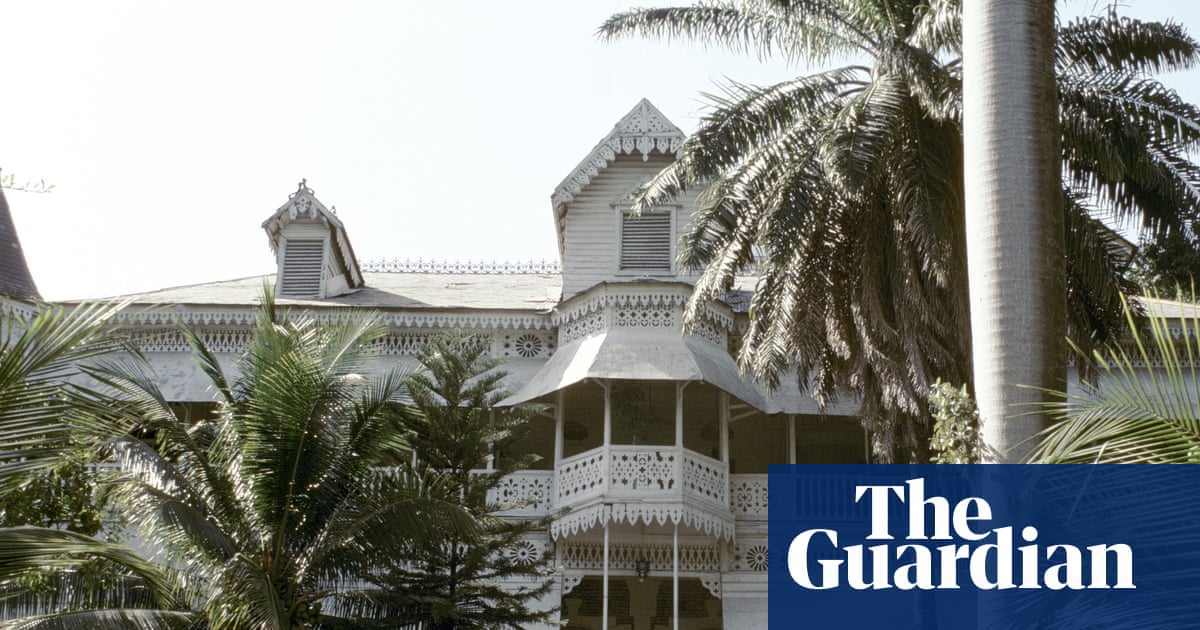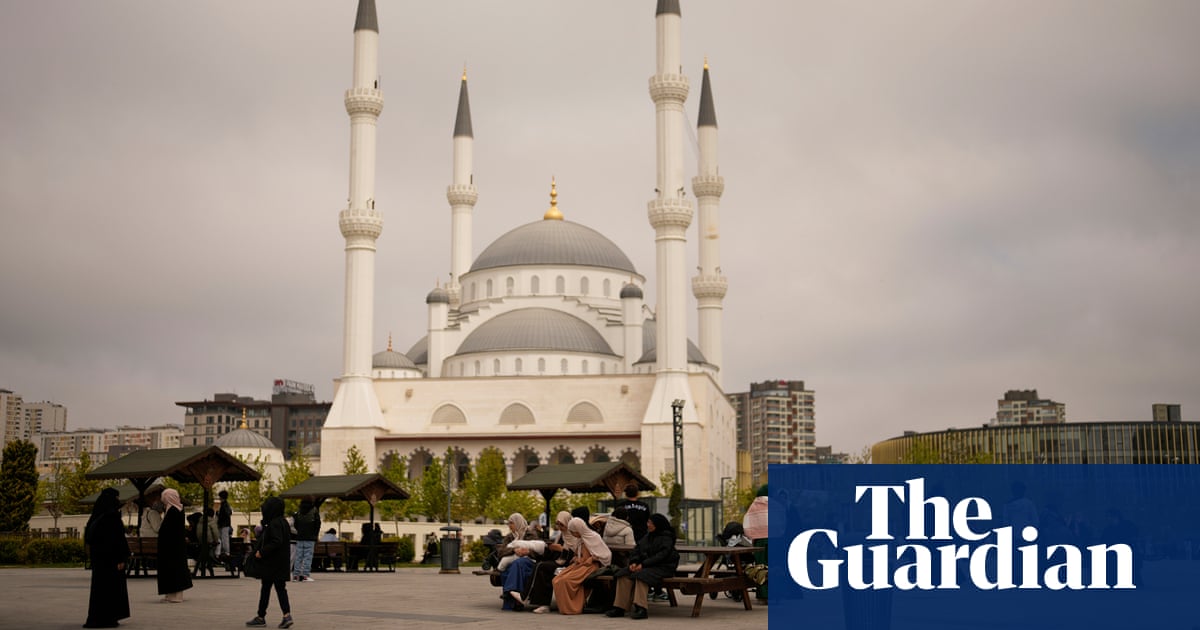Tsutomu Nishiwaki raises the shutters of his store, the rattle marking the start of a new day at a shopping arcade in Tokyo. He wheels a display case into the foreground and stands behind the counter, framed by a sign proclaiming that this is a family-run noodle store.
It is a ritual Nishiwaki has been performing almost daily for 60 years. But like the fresh noodles its owner makes every morning, the store has a limited shelf life: in a few years from now, the 80-year-old will pull down the shutters for the last time.
Dozens of shops, restaurants and bars lining the streets of Tateishi Nakamise, a covered shopping arcade – or shotengai – in the capital’s eastern suburbs will make way for a new development. It will transform the skyline, but also change beyond recognition an entire community whose roots lie in the destruction caused by the second world war.
Across Tokyo and other Japanese cities, shotengai that sprung up during the Showa era [1926-1989] are in a losing battle against property developers, depopulation and a consumer culture that demands convenience.
On one side of the local railway station, a tall screen partially hides cranes preparing the ground for apartment blocks, shops and a multi-storey local government office. On the other, families that have run shops, bars and restaurants for two or three generations are bracing for the inevitable arrival of the wrecking balls.
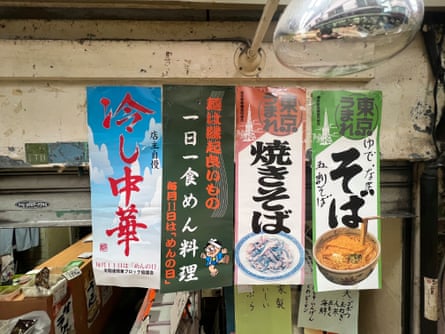
“It is a shame that the shotengai will disappear,” says Nishiwaki, who is also head of a local association of business owners. “Half of me is hopeful about the future, but the other half regrets what is happening to the neighbourhood. I think people around here just want to get it over and done with.”
They include Koichi Ozaki, whose family run an izakaya pub they accept will probably not survive the redevelopment. The threats of powerful earthquakes, fires and, in this part of eastern Tokyo, catastrophic flooding have convinced him that the destruction of the arcade’s dilapidated buildings is inevitable.
“In any case, people don’t shop in the same way any more,” Ozaki says. “We live in the age of the supermarket, and family-run stores are on their way out.”
The Tateishi redevelopment has divided locals, about two-thirds of whom see it as an opportunity to sell up and acquire a nest egg to see them through their twilight years. The rest say they will reopen elsewhere.
More parts of eastern Tokyo, known as shitamachi, literally “lower city”, are being disassembled and rebuilt in the image of the affluent Yamanote neighbourhoods on the city’s west side. Tateishi Nakamise was originally a black market set up after the US’s wartime bombing of eastern Tokyo that, on a single night in March 1945 killed an estimated 100,000 people.
Before long, about 50 stores lined narrow streets packed with shoppers during the boom years of the 1960s and 1970s. “There were no supermarkets or convenience stores back then,” says Nishiwaki, who recalls a time when his father’s shop was one of about 20 noodle makers in the area.

“But there will be no third-generation owner,” he says of his shop, the last noodle seller still standing. “Supermarkets are cheaper and more convenient. Nakamise’s shops will disappear, and the local atmosphere along with it.”
Some shotengai have managed to market nostalgia, spurred by record numbers of foreign tourists keen to experience a less varnished side of Japanese urban life. Janjan Yokocho, a covered mall in Osaka, has capitalised on its Showa-era origins with retro game arcades, old-fashioned confectionery stores and parlour for shogi, a two-player game similar to chess.
Last year, businesses in Asakusa Kokusai Street declared their 3km shotengai, located near a Tokyo tourist hotspot, as the longest in Japan, claiming the title from the Tenjinbashisuji arcade in Osaka.
But success stories are rare: restaurant and shop owners in Tateishi Nakamise are not alone in wondering what the surge in new commercial developments will mean for their communities.
Earlier this year small business owners in a northern Tokyo neighbourhood demonstrated against the construction of a main road and high-rise buildings along Happy Road Oyama, a 560m shopping arcade built in the late 1970s.
Apartment buildings and condominiums are spreading through other Tokyo neighbourhoods, as developers capitalise on rising real estate prices and show little inclination to preserve their traditional atmosphere.
“The cult of convenience and fast service is unstoppable in a society that increasingly values ‘quality time’ and efficiency,” says Stephen Mansfield, author of Tokyo: A Biography. “Under the banner of promoting and energising older districts, areas that should have enduring historical appeal are being levelled or recreated in ersatz versions of their original.
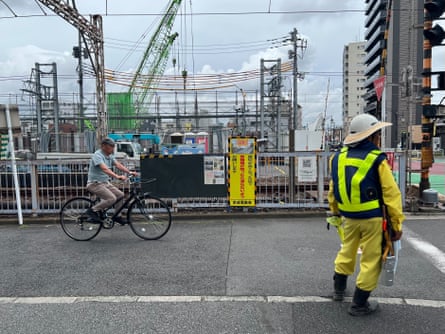
Mansfield says he has been frequently left “heartbroken” when he revisits “historic, aesthetically pleasing and architecturally accomplished buildings in Tokyo and around Japan to find they have been eviscerated in the misguided name of progress”.
He adds: “The demolition of shopping malls mirrors the pulling down of old wooden homes, the shopping streets replaced with modern commercial complexes, homes with high-rise mansion blocks.”
At Tateishi, Osamu Tsuizaki is preparing for the lunchtime trade at the Chinese restaurant he has run for 42 years. “I feel uneasy about the future as I don’t know how it will affect my livelihood when the restaurant is gone,” he says.
“I’m 70, so even if I start again, I’ll be pretty old. A lot of people around here feel the same way. And we still don’t know exactly how much compensation we’ll get from the developers.”
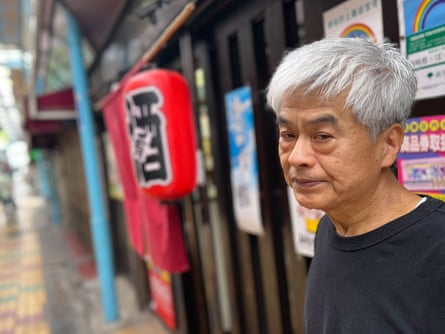
Ready-to-eat dishes and pickles are still in demand at the corner delicatessen Kotaro Nagatani’s father opened in 1946 after returning from the battlefields of the Pacific war.
From its green-and-white awning, analogue scales and a hanging basket for loose change, Suzuya Shokuhin belongs to a time when housewives would stop and chat as they looked over the store’s produce.
“People didn’t have fridges at home, so they only bought what they needed and then came back and did the same again the following day,” says Nagatani, 84. “That’s how we prospered.”
His wife, Michiko, confides that her husband is more anxious about the demise of his family business than he is willing to let on. “His father opened the store, so he really wants to carry on,” she says. “I’ll also be sad when it goes. Our customers have been coming for decades, not just to shop but to chat. You can’t do that in a supermarket.”

 7 hours ago
5
7 hours ago
5















